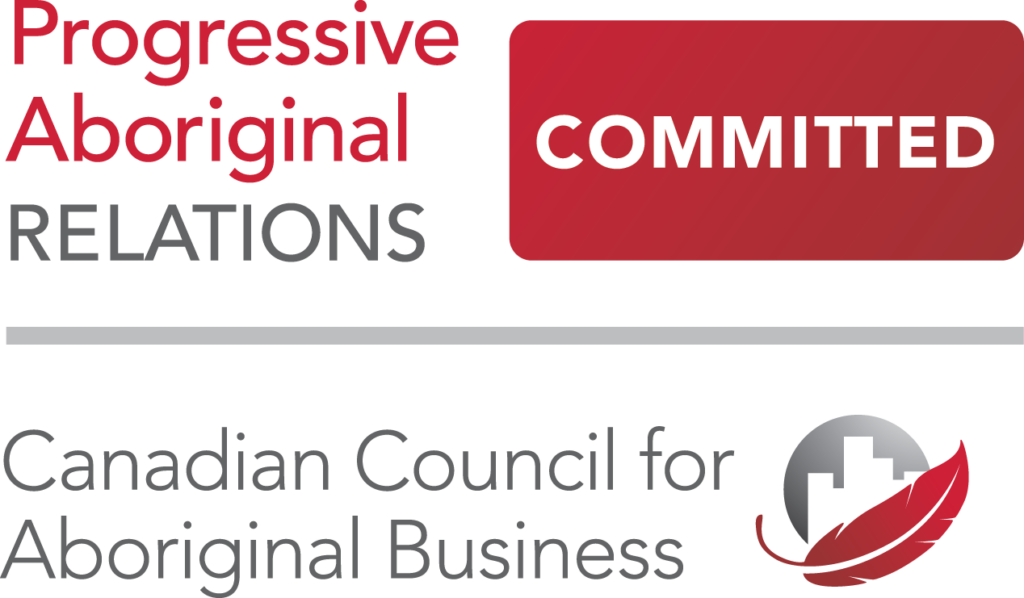We’ve all felt the dread and anxiety of a slow season creeping into our business. With the holidays just right around the corner, a lot of B2C companies are finding themselves in their peak season. The opposite can be said for B2B businesses which typically see lower conversions around this time as B2B product providers see the year winding down.
However, with decision-makers checking their business needs for Q1, you can be sure that they’ve got you or your competitors in consideration and will be doing cost-value analysis to keep their business budgets in time for Q1.
Besides offering sales and promos, here are 5 ways to take the lull of the slow season to build up your marketing arsenal in time for your next peak.
1. Revisit your Marketing Roadmap as a Team
Rechecking your annual roadmap may seem like an afterthought when your days are filled with deadlines and negotiation placements. And when your team is caught up with a busy season’s melee, long-term goals and strategies can feel tedious to constantly revisit.
However, with the slow season providing more time to be strategic, investing time for comprehensive team sessions dedicated to re-examining your strategies and targets will refresh and recenter your team’s direction. Backtrack to Day 1 of your campaigns and from your data, see what you’d like to do differently in the following rounds. Recall any mishap that occurred during the execution of any of your strategies and let your team provide recommendations to improve your next ones.
Doing what is essentially a marketing autopsy will re-evaluate the impact of your marketing efforts.
2. Increase Engagement with Your Partners and Consumers
Slower seasons are the right time to nurture your relationships with your vendor partners, publishers, and consumers. Inquire how your products have been faring with their clients and other consumer interaction metrics such as product inquiries, customer feedback, and reviews. Take all these into consideration and re-evaluate if the collected data match what you intended for your brand’s customer experience.
Review the feedback you’ve received and create action plans to be implemented for your products’ improvement before your next busy season.
3. Create Content that Educates Your Customers
While your customers may not be purchasing your products at this time, they may be at your product’s consideration stage of their buyer’s journey. At this stage, they tend to be actively researching and gauging your product’s features against your competitors.
By providing them with more than enough information about your products, you’ll be increasing their likelihood of purchasing from you. Take the time to tell your product’s story and where they fit with your partners’ and clients’ needs.
4. Build Your SEO Relevance and Rankings Early
Ranking high on Search may need time and testing, so prep ahead for your most active season. Start building your products’ keywords ranking by making sure that all your relevant content is updated and substantial. Provide in-depth product feature articles and make sure that your most effective keywords are properly distributed within them.
Doing so will enable your content to rank high organically and be in the top links of your industry’s Search by the time your business is back in full swing
5. Diversify Your Marketing Channels (Affiliate)
While your main marketing channels may drive your business’s brand awareness and relevance, effective affiliate and partnership marketing drives your intended audience from the consideration stage to actually purchasing your products. This channel allows your business to sustainably market itself competitively to a high-intent audience ready to purchase. While seasonality in business will always be the norm, the affiliate model essentially pays out based on partner performance and conversions.
A dedicated affiliate team will not only smoothen your slow season bumps but will be able to implement all the above steps to keep your customers engaged until the season picks up.
Your affiliate team will be able to strategize your best affiliate offer, positioning, and best-fitting partners to jumpstart your affiliate program.
Your slow season shouldn’t have to come with the stress of low-volume sales. By remembering that this is the time to develop and strategize your busy season, nurture your relationships, create high-value content and diversify your channels, you’ll ride the tide knowing that you’ll be fully prepped for the next big wave.
If you’re looking to get the most out of your affiliate and partner marketing channel and the B2B slow season, contact an expert at AIM today!










